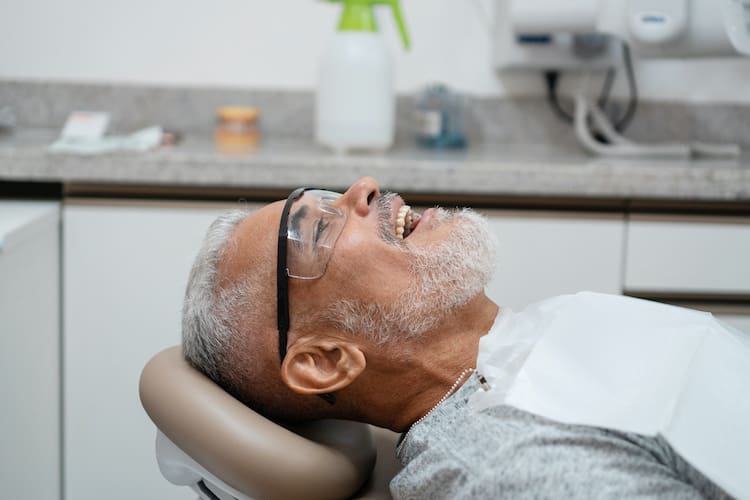If you’ve been told you’re not a candidate for dental implants due to insufficient bone in your upper jaw, you may have heard your dentist mention a sinus lift. This procedure, also known as sinus augmentation, is commonly performed to increase bone volume in the upper jaw to provide a solid foundation for implants. Understanding the signs and reasons for a sinus lift can help you feel more confident and informed when discussing your treatment options.

Loss of Upper Back Teeth
One of the most common reasons for needing a sinus lift is the loss of upper molars or premolars. These teeth are located just below the maxillary sinuses, the air-filled spaces behind your cheekbones. When these teeth are missing, the bone in that area naturally begins to resorb, or shrink. Without the presence of a tooth root to stimulate it, the jawbone loses density and height. As a result, there may not be enough bone left to anchor a dental implant securely. This makes a sinus lift a necessary step before replacement.
Bone Loss in the Upper Jaw
In addition to tooth loss, bone loss in the upper jaw can be caused by periodontal disease, trauma, or long-term denture wear. Chronic gum disease can deteriorate the jawbone over time, weakening the structure needed to hold implants. In these cases, a sinus lift helps rebuild the bone by adding graft material between the sinus cavity and the upper jaw. This often creates a more stable environment where an implant can successfully integrate with the bone.
Close Proximity of the Sinus to the Jawbone
Sometimes, the issue isn’t about lost bone but rather natural anatomy. Everyone’s sinuses are different, and in some people, they sit lower in the skull and closer to the upper jaw. Even with healthy bone levels, the sinus may be too close to allow for implant placement without risking a perforation into the sinus cavity. In such cases, a sinus lift gently raises the sinus membrane and inserts bone graft material beneath it. This helps create the needed space for a secure implant.
Planning for Dental Implants
If you’re preparing for dental implants in your upper jaw and your dentist discovers limited bone height or density through X-rays or 3D scans, a sinus lift may be recommended as part of your implant plan. This is not something most patients would know on their own. It’s typically discovered during the evaluation process. However, if you’ve had missing teeth for years, or if you’ve been told in the past that implants weren’t an option due to bone loss, it may be time to revisit the conversation now that sinus lifts and other advanced procedures are widely available.
Facial Structure Changes or Denture Instability
Over time, bone loss in the upper jaw can subtly change the shape of your face. You may notice your cheeks appear sunken or your upper lip looks thinner. These changes are more than cosmetic. They reflect the underlying loss of bone support. If you wear upper dentures and find they no longer fit properly or feel unstable, it could be due to a lack of bone. A sinus lift could help rebuild the jaw and improve both implant stability and facial support.
Sinus Lift Treatment in Wilmington, DE
At Oral Facial Surgery of Delaware, we are dedicated to providing safe and effective treatments for your dental needs. If you need dental implants to restore your bite, you may also need a sinus lift to ensure their success. Contact our office today to schedule a consultation and learn more about your pretreatment requirements for implant dentistry.
